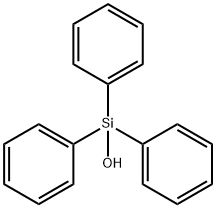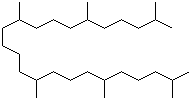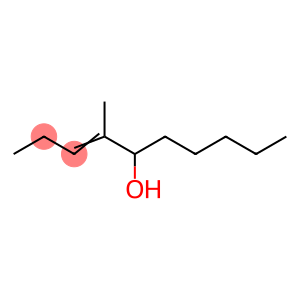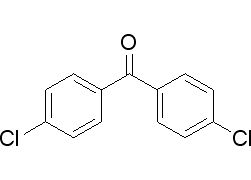Triphenylsilanol; Triphenylhydroxysilane (CAS#791-31-1)
| Hazard Symbols | Xi – Irritant |
| Risk Codes | 36/37/38 – Irritating to eyes, respiratory system and skin. |
| Safety Description | S26 – In case of contact with eyes, rinse immediately with plenty of water and seek medical advice. S36 – Wear suitable protective clothing. |
| WGK Germany | 1 |
| RTECS | VV4325500 |
| FLUKA BRAND F CODES | 21 |
| TSCA | Yes |
| HS Code | 29310095 |
Introduction
Triphenylhydroxysilane is a silicone compound. It is a colorless liquid that does not volatilize at room temperature. The following is an introduction to the properties, uses, preparation methods and safety information of triphenylhydroxysilanes:
Quality:
1. Appearance: colorless liquid.
3. Density: about 1.1 g/cm³.
4. Solubility: soluble in organic solvents, such as ethanol and chloroform, insoluble in water.
Use:
1. Surfactant: Triphenylhydroxysilane can be used as a surfactant with good surface tension reduction ability, and is widely used in various chemical and industrial applications.
2. Wetting agents: It can also be used to improve the wetting properties of certain materials, such as paints, dyes, and paints, etc.
3. Papermaking auxiliary: It can be used as a papermaking auxiliary to improve the wet strength and wettability of the paper.
4. Wax sealant: In the process of electronic assembly and packaging, triphenylhydroxysilane can be used as a wax sealant to improve the adhesion and heat resistance of the packaging material.
Method:
Triphenylhydroxysilane is generally prepared by the reaction of triphenylchlorosilane and water. The reaction can be carried out under acidic or alkaline conditions.
Safety Information:
1. Triphenylhydroxysilane has no significant toxicity, but care should still be taken to prevent it from coming into contact with the skin, eyes, and respiratory tract.
2. Wear appropriate personal protective equipment such as gloves, goggles, and respiratory masks when in use.
3. Avoid contact with substances such as oxidants and strong acids to avoid dangerous reactions.
4. It should be stored in a cool, dry place, away from fire and high temperatures.








](https://www.xinchem.com/uploads/β-Damascone-4-2-6-6-Trimethylcyclohex- 1-enyl-but-2-en-4-one.png)